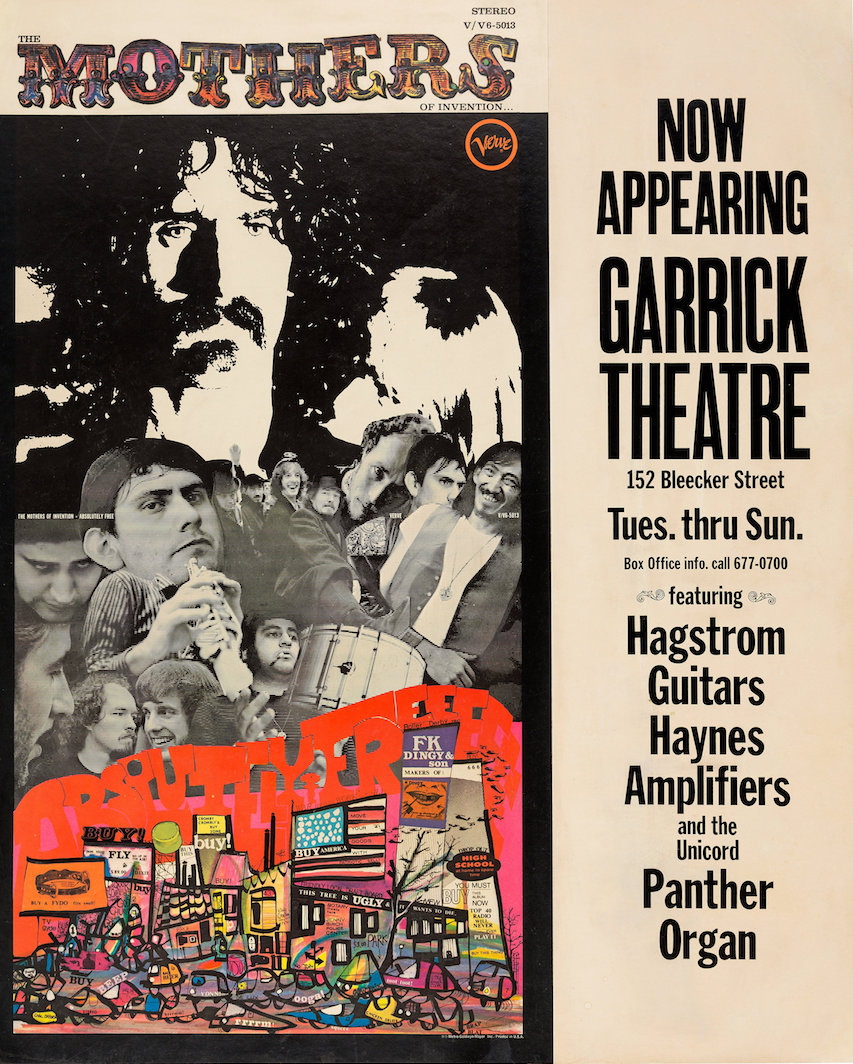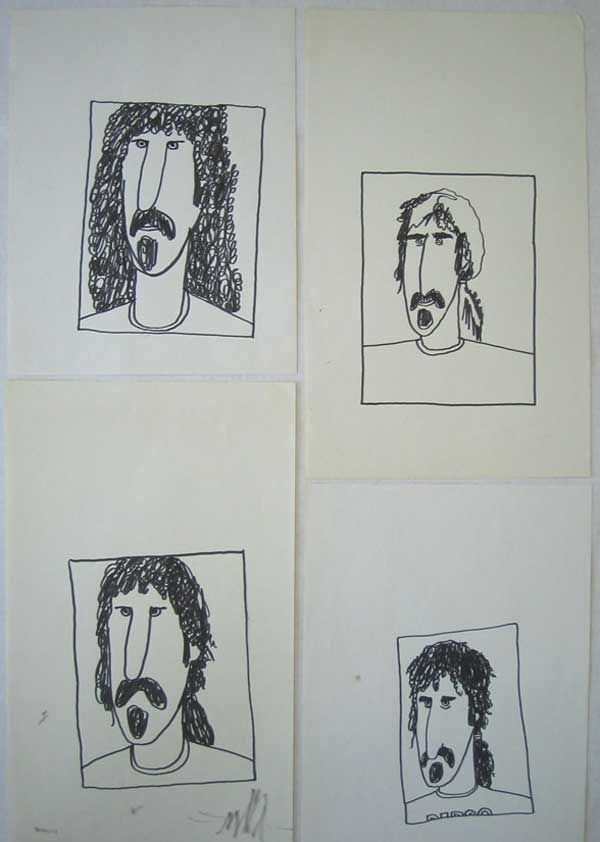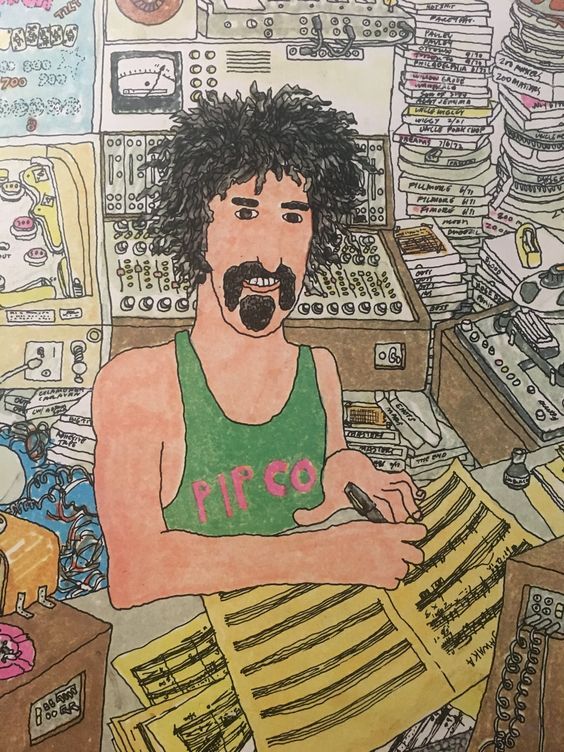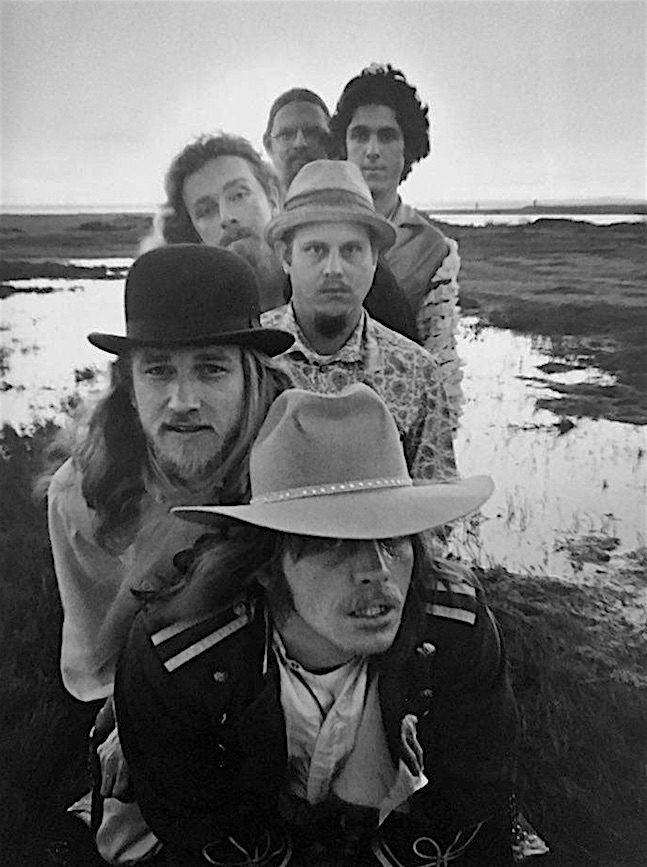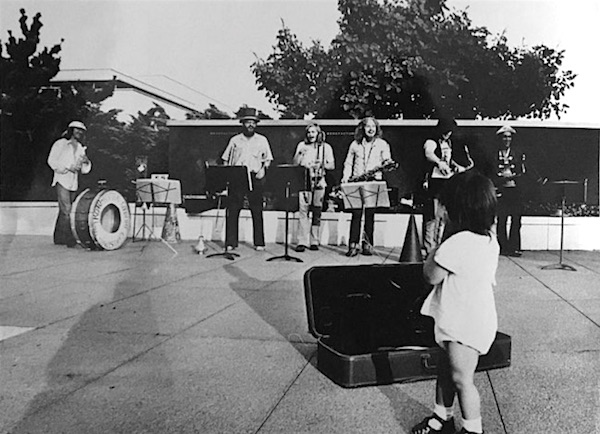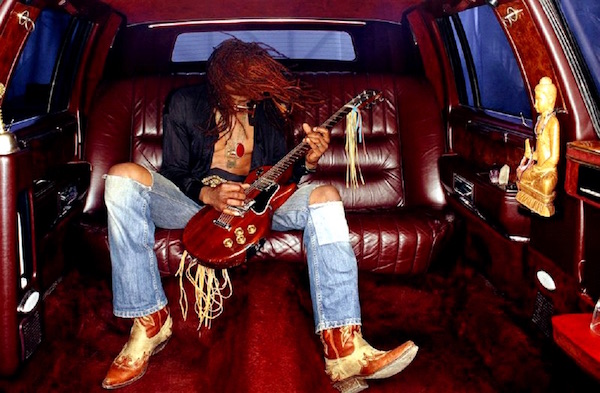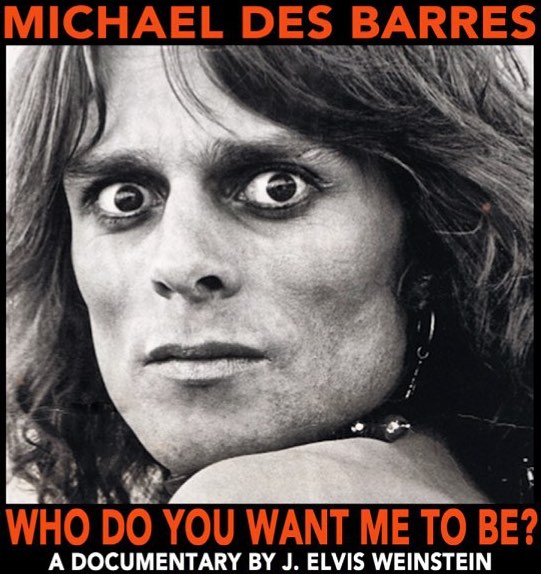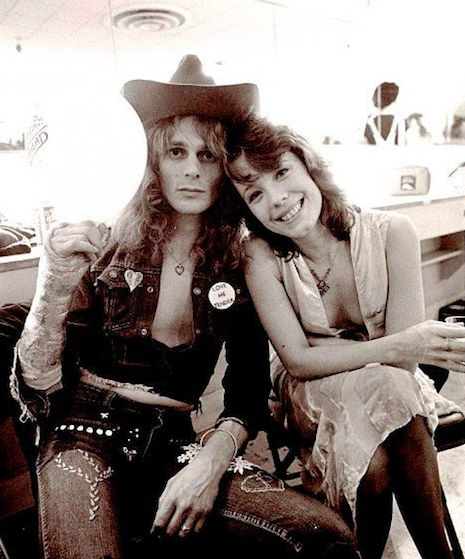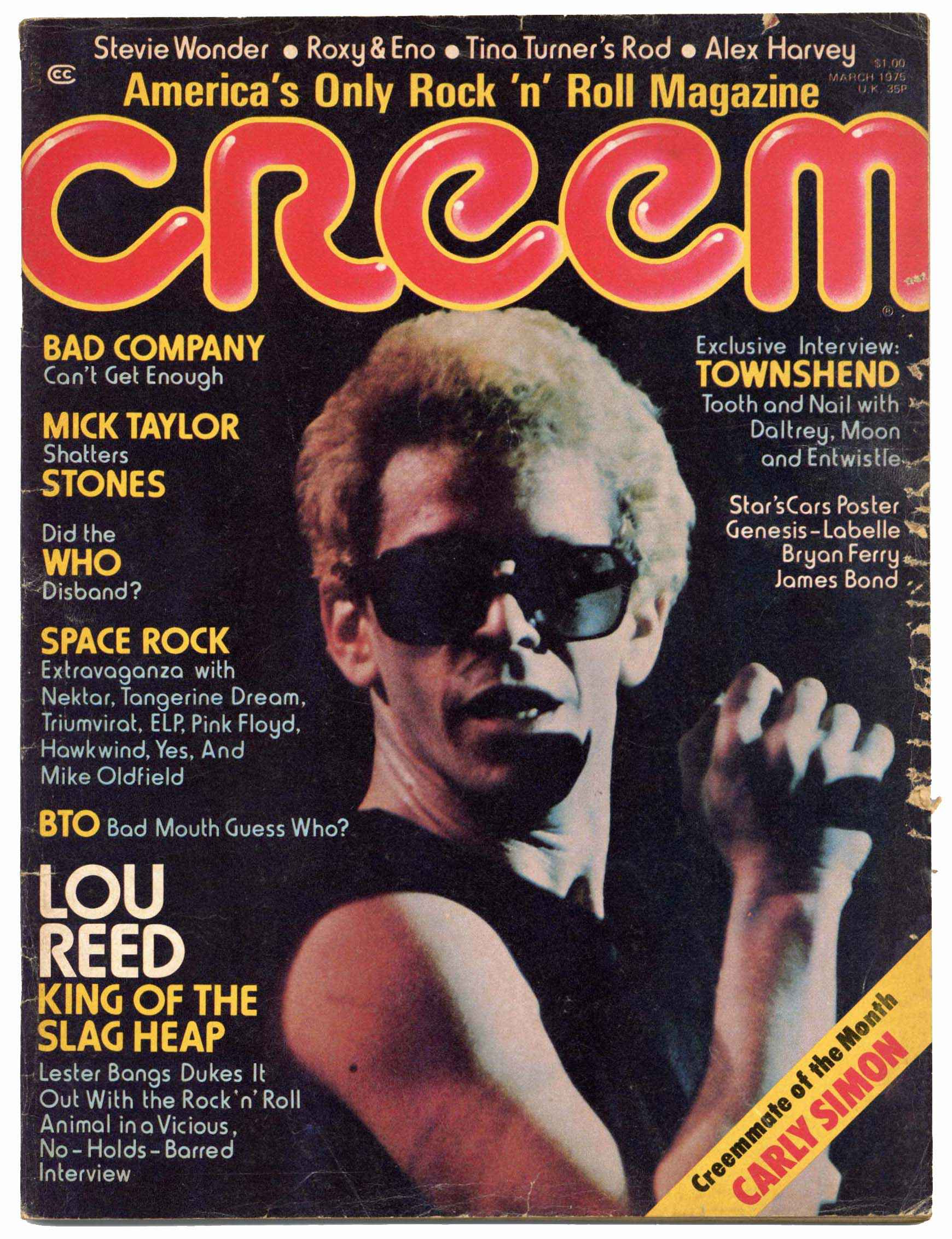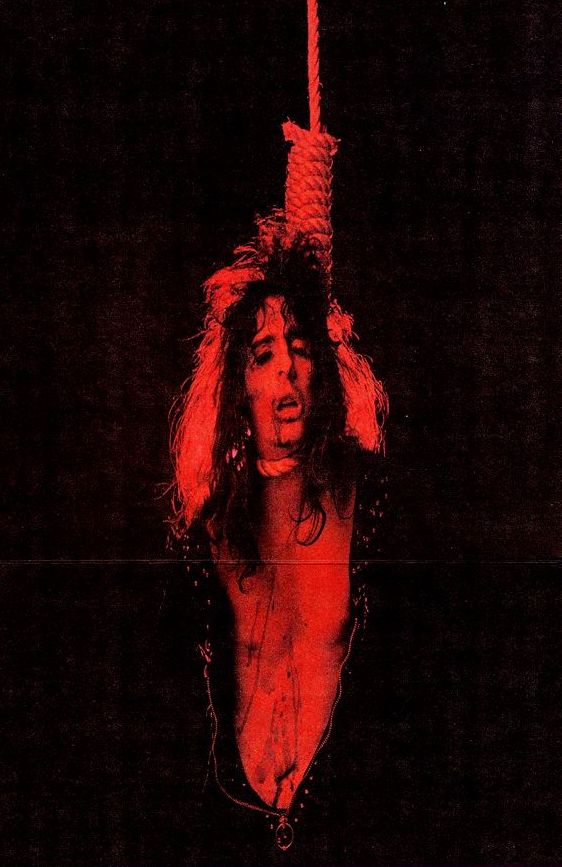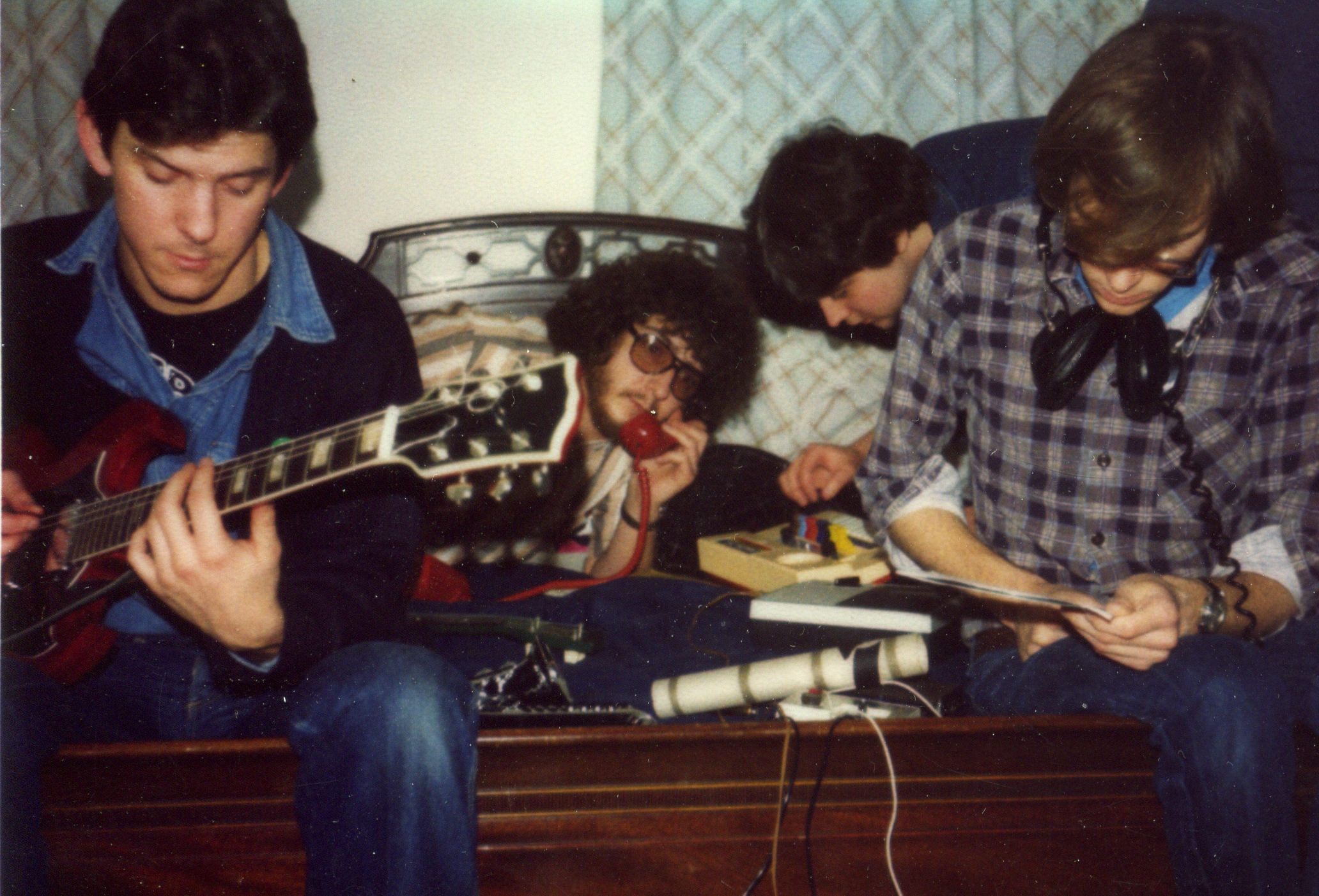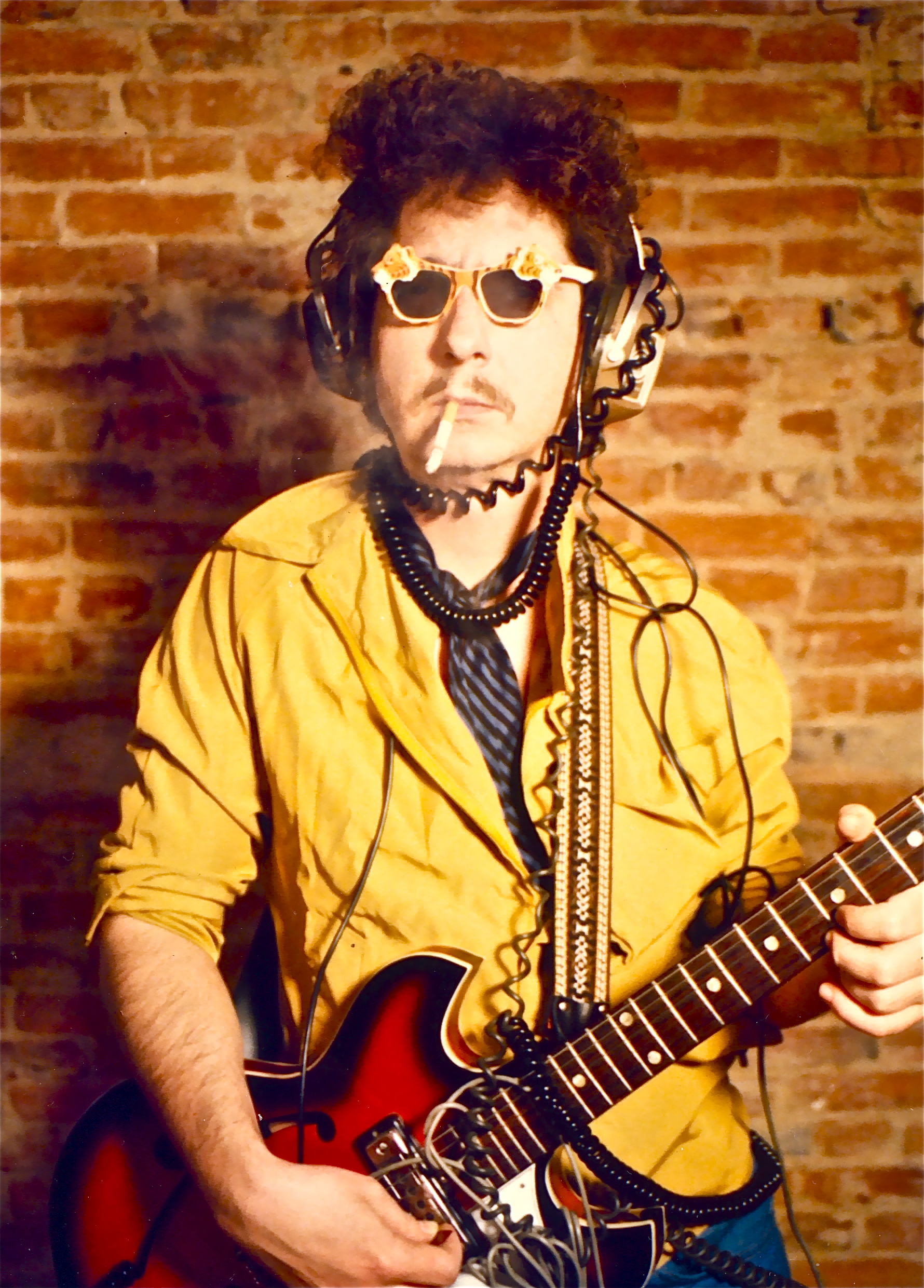
There’s an interesting publication listed on the Rocket 88 Books website: a book of Syd Barrett’s artwork produced in conjunction with Barrett’s family. It’s the first time that his art—as well as photographs taken by the Pink Floyd founder—has been cataloged in book form. The large format book also contains rare and unseen images of Pink Floyd taken during Barrett’s tenure in the band. Very few of Barrett’s original paintings that were created during his final quarter century are still extant. Syd would spend weeks working on something, he’d photograph the finished piece and then burn it.
According to the publisher, the Barrett book is organized into three sections:
Syd’s life in photographs – from growing up through to working and performing with Pink Floyd and his life as a solo artist.
Unseen and unpublished illustrated letters sent to Libby Gausden-Chisman and Jenny Spires between 1962-1965, as Syd was finding himself as a painter and a musician.
All of Syd’s existing work as a visual artist from 1962 until his death.
The book contains over 250 images. These include:
Over 100 completely unseen images and many more reproduced in fine art quality for the first time.
Over 40 artworks including: paintings, drawings, mosaics, collages, and sculptures.
Over 50 unseen photographs taken by Syd of his artworks, including: images of his “destroyed” works seen here for the first time, studies in preparation for his artworks, images of his work area.
Although it’s not cheap, it’s clearly the definitive volume on Barrett’s artwork and the website indicates that the stock is getting low. (The best Syd biography is Rob Chapman’s A Very Irregular Head: The Life of Syd Barrett. I highly recommend it.) Barrett will also contain commentary by Will Shutes, an expert on Syd’s visual output, and excerpts from diaries, notebooks, scrapbooks, plus a listing and dating of all Barrett’s artwork known to have existed.
Some of Syd Barrett’s artwork follows. You can see much more at the book’s official website and at SydBarrett.com.


More after the jump…








